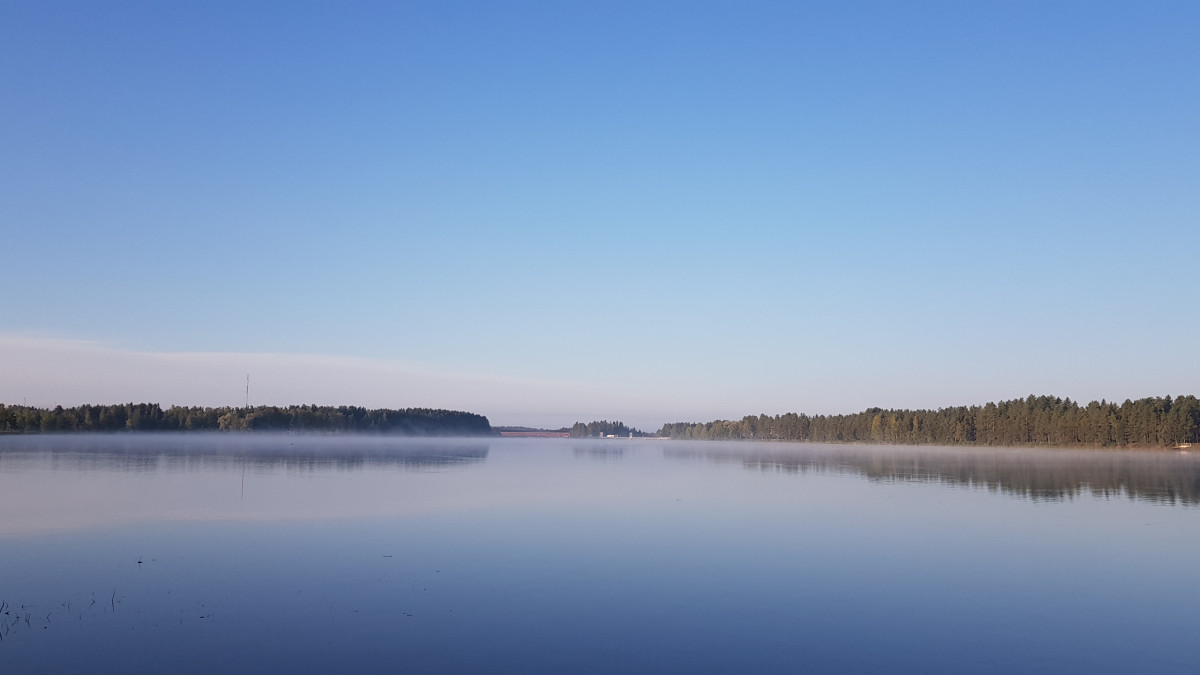
- Environmental protection
- Health surveillance
- Animals
- Decision
- Online transaction
- Contact us

South Karelia's 2021 annual air quality report has been completed
In 2021, the daily guideline value for sulfur compounds (TRS) was exceeded at the Pelkola measuring station. High hourly concentrations were occasionally measured at all measuring stations.
Sulfur dioxide concentrations (SO2) were below the guideline values. The highest concentrations in the measurement network were measured at the Pulp measurement station in Lappeenranta. In general, the concentrations of sulfur dioxide increased during malfunctions in the pulp industry and due to long-range drift during southerly winds.
The concentrations of nitrogen oxides (NO and NO2) were the highest in Lappeenranta at the measuring stations in the center of Ihala and Lappeenranta and in Imatra at the measuring station in Mansikkala. The concentration level of nitrogen oxides was increased by busy traffic.
Inhalable particles are the most in downtown areas
Concentrations of respirable particles (PM10) are highest in city center areas. In the area of the entire measurement network, the highest PM10 concentrations were measured in Lappeenranta at the measurement stations in the center of Ihala and Lappeenranta, and in Imatra at the Mansikkala measurement station. The Government's daily guideline value (70 μg/m³) was not exceeded at any measuring station. At all measurement stations, the highest concentrations of respirable particles (PM10) were measured in June during long-distance migration and in spring during the street dust season.
Small particles (PM2,5) were measured at Imatra in Teppanala and Lappeenranta at Tirilä and Pulpi measuring stations. The WHO's new daily guideline value of 15 μg/m3 was exceeded during 2021 at all stations measuring PM2.5. The annual limit value (38μg/m2011) given by the Finnish Government in its decree (25/3) was not exceeded.
The average sulfur deposition of rainwater in the South Karelia region has decreased over the past twenty years. The target level of 300 mg/m²/a given by the Government was exceeded in 2021 at the sediment collecting stations of Pelkola, Ihalainen and Tirilä. The pH, calcium and phosphorus levels of the sediment were higher than the background level of Virolahti's Ääpälä.
Summary completed, follow daily online
In accordance with separate agreements, Imatra's regional environmental agency has been responsible for monitoring the urban air quality in the cities of Imatra and Lappeenranta. A written annual summary report (Air quality annual report 2021) is prepared annually from the measurement results, which can be read at Reports | Imatra
The air quality situation is reported using the air quality index, which divides the air quality into five categories. The hourly updated air quality situation can be checked on South Karelia's own air quality information page ekilmanlaatu.net and from the air quality website maintained by the Finnish Meteorological Institute Air quality - Institute of Meteorology
In addition to the Internet, the air quality bulletin can be read in Uutisvuoksi's Tuesday and Sunday publications.
For more information:
Environmental protection planner Riikka Litmanen, tel. 020 61 74301, riika.litmanen imatra.fi (riikka[dot]litmanen[at]imatra[dot]fi)
imatra.fi (riikka[dot]litmanen[at]imatra[dot]fi)
Environmental inspector Arto Ahonen, tel. 020 61 74392, arto.ahonen imatra.fi (arto[dot]ahonen[at]imatra[dot]fi)
imatra.fi (arto[dot]ahonen[at]imatra[dot]fi)
Environmental protection planner Minna Ahlqvist, tel. 020 61 74319, minna.ahlqvist imatra.fi (minna[dot]ahlqvist[at]imatra[dot]fi)
imatra.fi (minna[dot]ahlqvist[at]imatra[dot]fi)